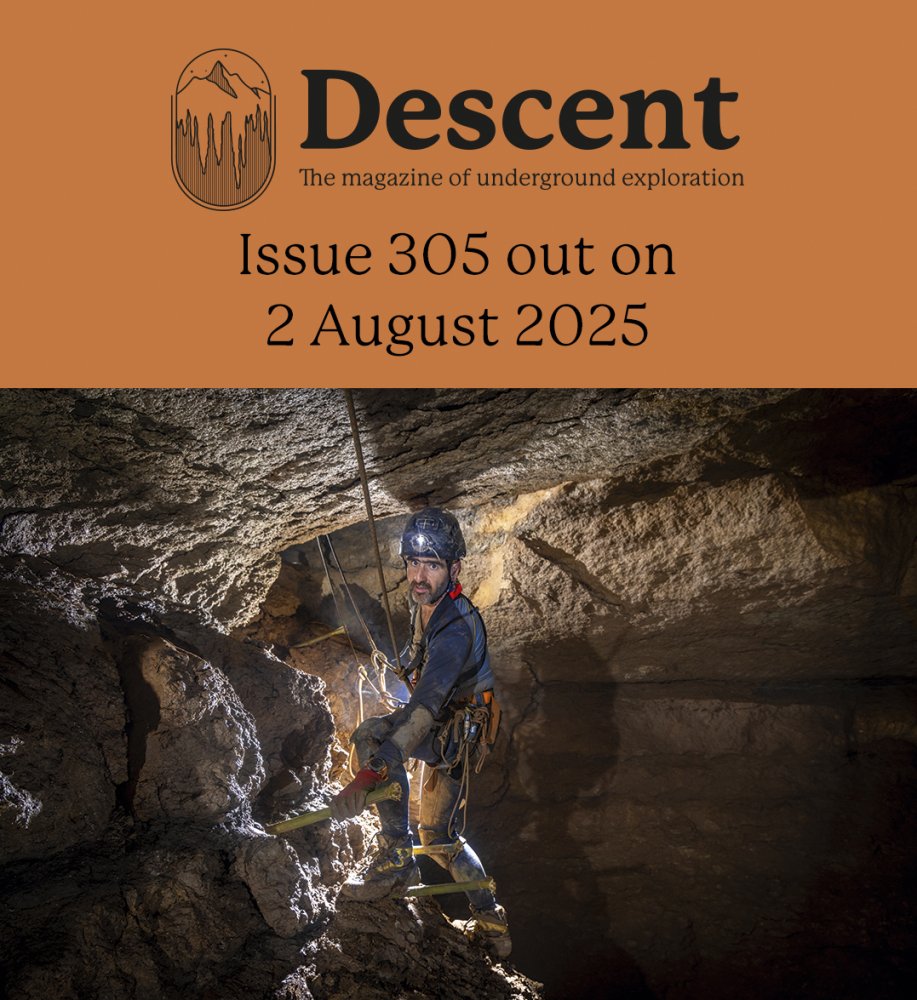The CNCC website suggests checking for "grooves and abrasion" but doesn't set a wear limit (from what I can see).

Would it be helpful to add guidance if this is considered to be dangerous (is it though?).
1mm wear to metal was what I had in mind but I cannot now think where I read or heard that. 1mm wear does seem to be noticeable when I have measured krabs and maillons in the past, as it seems to be in the P-bolt images above.
We could approach DMM for manufacturer advice.
Counter point - we should avoiding setting an absolute limit unless we have definite information to back it up. No need to add red tape unneccessarily. If standard practice and user judgement is sufficient to mitigate the risk then I'd be happy to rely on that.

Would it be helpful to add guidance if this is considered to be dangerous (is it though?).
1mm wear to metal was what I had in mind but I cannot now think where I read or heard that. 1mm wear does seem to be noticeable when I have measured krabs and maillons in the past, as it seems to be in the P-bolt images above.
We could approach DMM for manufacturer advice.
Counter point - we should avoiding setting an absolute limit unless we have definite information to back it up. No need to add red tape unneccessarily. If standard practice and user judgement is sufficient to mitigate the risk then I'd be happy to rely on that.



